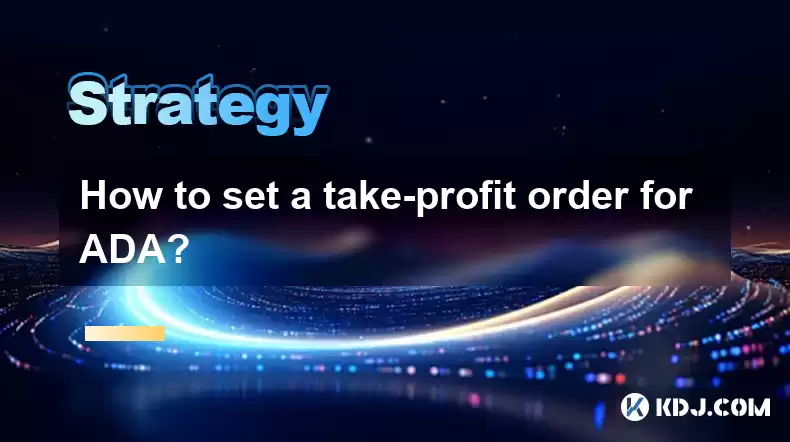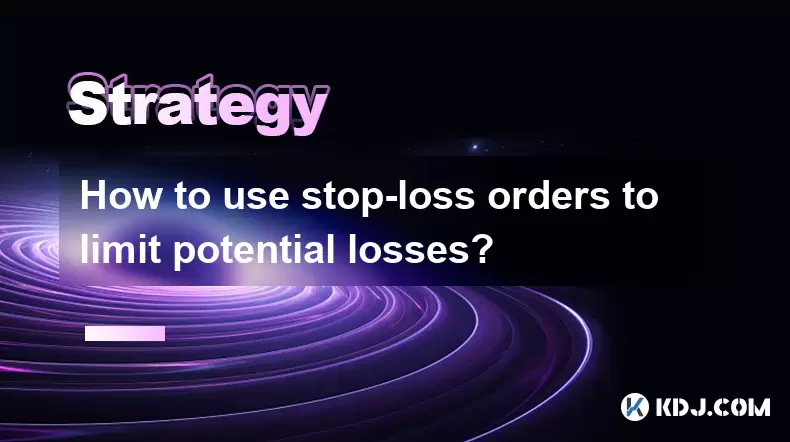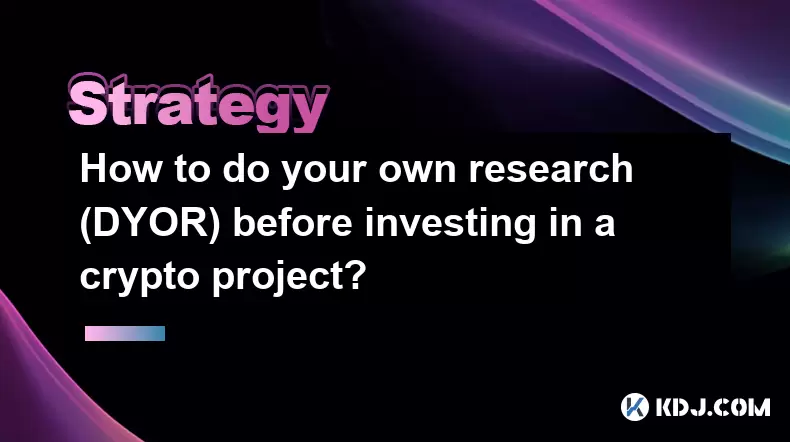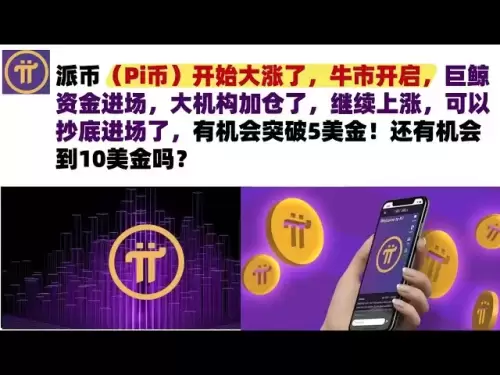-
 Bitcoin
Bitcoin $116700
0.48% -
 Ethereum
Ethereum $4213
6.27% -
 XRP
XRP $3.280
1.22% -
 Tether USDt
Tether USDt $1.000
0.02% -
 BNB
BNB $805.1
2.46% -
 Solana
Solana $180.2
2.65% -
 USDC
USDC $0.0000
0.02% -
 Dogecoin
Dogecoin $0.2412
8.50% -
 TRON
TRON $0.3356
-1.11% -
 Cardano
Cardano $0.8108
3.59% -
 Hyperliquid
Hyperliquid $43.89
8.53% -
 Chainlink
Chainlink $21.15
10.75% -
 Stellar
Stellar $0.4502
1.41% -
 Sui
Sui $3.935
4.69% -
 Bitcoin Cash
Bitcoin Cash $570.7
-1.75% -
 Hedera
Hedera $0.2636
3.28% -
 Avalanche
Avalanche $24.25
4.48% -
 Ethena USDe
Ethena USDe $1.001
0.03% -
 Litecoin
Litecoin $122.0
-0.08% -
 Toncoin
Toncoin $3.445
2.68% -
 UNUS SED LEO
UNUS SED LEO $8.979
-0.08% -
 Shiba Inu
Shiba Inu $0.00001379
6.73% -
 Uniswap
Uniswap $10.91
2.00% -
 Polkadot
Polkadot $4.106
5.39% -
 Dai
Dai $1.000
0.02% -
 Pepe
Pepe $0.00001227
9.07% -
 Bitget Token
Bitget Token $4.507
0.72% -
 Cronos
Cronos $0.1576
3.40% -
 Monero
Monero $272.0
-1.68% -
 Ethena
Ethena $0.7502
21.27%
How to set a take-profit order for ADA?
Setting a take-profit order for ADA helps secure profits at a set price, crucial for managing risk in the volatile crypto market. Use exchanges like Binance or Coinbase Pro.
Apr 20, 2025 at 06:07 am

Setting a take-profit order for Cardano (ADA) is a strategic move that traders use to secure profits at a predetermined price level. This order type is crucial for managing risk and ensuring that you can capitalize on the volatile nature of the cryptocurrency market. In this article, we will explore the detailed steps required to set a take-profit order for ADA, along with the necessary considerations and best practices to follow.
Understanding Take-Profit Orders
Take-profit orders are a type of limit order that allows you to automatically sell a cryptocurrency when it reaches a specified price. This tool is essential for traders who want to lock in profits without constantly monitoring the market. By setting a take-profit order for ADA, you can ensure that you sell your holdings at a favorable price, even if you are not actively watching the market.
Choosing the Right Exchange
Before you can set a take-profit order for ADA, you need to select a cryptocurrency exchange that supports this feature. Some popular exchanges that offer take-profit orders include Binance, Coinbase Pro, and Kraken. Each exchange may have slightly different interfaces and procedures, so it's important to familiarize yourself with the specific platform you are using.
Logging into Your Exchange Account
To begin the process, you need to log into your exchange account. Ensure that you have the necessary credentials and that your account is fully verified. Once logged in, navigate to the trading section where you can manage your ADA holdings.
Accessing the Order Placement Interface
After logging in, locate the trading interface for ADA. This is typically found under the "Spot Trading" or "Trade" section of the exchange. Once you are on the ADA trading page, look for the option to place a new order. This is often labeled as "Buy/Sell" or "Order."
Setting the Take-Profit Order
To set a take-profit order for ADA, follow these detailed steps:
- Select the Order Type: Choose "Limit Order" or a specific "Take-Profit Order" if available. The exact terminology may vary depending on the exchange.
- Set the Sell Price: Enter the price at which you want to sell your ADA. This is the take-profit level that you believe will maximize your profits.
- Specify the Amount: Decide how many ADA you want to sell at the take-profit price. You can choose to sell a portion or all of your holdings.
- Review and Confirm: Double-check all the details of your order, including the price and amount. Once satisfied, submit the order.
Monitoring and Adjusting Your Order
After placing your take-profit order, it's important to monitor its status. Most exchanges provide a section where you can view your open orders. You can also set up notifications or alerts to inform you when your order is executed or if the market approaches your take-profit level.
If market conditions change, you may need to adjust your take-profit order. This can be done by accessing the order management section of your exchange and modifying the price or amount of your order. Always review the updated order before confirming any changes.
Best Practices for Setting Take-Profit Orders
When setting a take-profit order for ADA, consider the following best practices:
- Research Market Trends: Analyze the current market conditions and historical price movements of ADA to set a realistic take-profit level.
- Use Technical Analysis: Employ technical indicators and chart patterns to identify potential resistance levels where you might want to take profits.
- Consider Volatility: ADA, like other cryptocurrencies, can be highly volatile. Set your take-profit order with an understanding of the potential price swings.
- Diversify Your Strategy: Don't rely solely on take-profit orders. Combine them with other trading strategies, such as stop-loss orders, to manage risk effectively.
Common Mistakes to Avoid
Setting a take-profit order for ADA can be straightforward, but there are common pitfalls to watch out for:
- Setting Unrealistic Targets: Avoid setting take-profit levels that are too high and unlikely to be reached. This can result in missed opportunities to sell at a profit.
- Ignoring Market Conditions: Failing to adapt your take-profit order to changing market conditions can lead to suboptimal outcomes.
- Neglecting to Review Orders: Regularly check your open orders to ensure they align with your current trading strategy and market conditions.
Example of Setting a Take-Profit Order on Binance
To illustrate the process, let's walk through an example of setting a take-profit order for ADA on Binance:
- Log into Binance: Enter your credentials and access the trading section.
- Navigate to ADA Trading: Go to the "Spot Trading" section and select the ADA/USDT trading pair.
- Select Order Type: Click on "Sell" and choose "Limit Order."
- Set the Sell Price: Enter the price at which you want to sell ADA, for example, $2.50.
- Specify the Amount: Decide how many ADA you want to sell, say 100 ADA.
- Review and Confirm: Double-check the order details and submit the order.
Frequently Asked Questions
Q: Can I set multiple take-profit orders for ADA at different price levels?
A: Yes, many exchanges allow you to set multiple take-profit orders for the same asset. This strategy, known as "layering," can help you secure profits at various price levels.
Q: What happens if the market price does not reach my take-profit level?
A: If the market price does not reach your take-profit level, the order will remain open until it is either executed or canceled. You can choose to adjust the price or cancel the order if necessary.
Q: Is it possible to set a take-profit order for ADA on a decentralized exchange?
A: Decentralized exchanges (DEXs) typically do not support traditional take-profit orders due to their non-custodial nature. However, some DEXs may offer similar functionality through smart contract-based solutions.
Q: How does setting a take-profit order for ADA compare to setting a stop-loss order?
A: A take-profit order is used to secure profits by selling at a higher price, while a stop-loss order is used to limit losses by selling at a lower price. Both are important risk management tools but serve different purposes in your trading strategy.
Disclaimer:info@kdj.com
The information provided is not trading advice. kdj.com does not assume any responsibility for any investments made based on the information provided in this article. Cryptocurrencies are highly volatile and it is highly recommended that you invest with caution after thorough research!
If you believe that the content used on this website infringes your copyright, please contact us immediately (info@kdj.com) and we will delete it promptly.
- Trump, Crypto Vehicle, and WLFI Tokens: A New York Minute on the Latest Buzz
- 2025-08-10 00:30:12
- Wheat Penny Fortune: Unearthing Valuable Coins in Your Pocket Change
- 2025-08-10 00:35:19
- AI Coin Mania: Dubai Millionaires Eye 20x Gains!
- 2025-08-09 23:10:12
- ChatGPT's Hot Takes: Meme Coins to Buy Now for a Wild 2025!
- 2025-08-09 23:10:12
- Jurassic Park Vibes in Your Pocket: The Colourful Canadian Coin Featuring a Dinosaur Eye
- 2025-08-09 23:50:12
- Altcoins on the Radar: VeChain, Ethereum, and the Shifting Crypto Landscape
- 2025-08-09 23:50:12
Related knowledge

How to use stop-loss orders to limit potential losses?
Aug 08,2025 at 02:01pm
Understanding Stop-Loss Orders in Cryptocurrency TradingA stop-loss order is a risk management tool used by traders to automatically sell a cryptocurr...

How to read cryptocurrency charts and use technical analysis?
Aug 08,2025 at 11:08am
Understanding the Basics of Cryptocurrency ChartsCryptocurrency charts are graphical representations of price movements over time. These charts are es...

How to do your own research (DYOR) before investing in a crypto project?
Aug 08,2025 at 09:07pm
Understanding the Core Principles of DYOR in CryptocurrencyEngaging in due diligence before investing in any cryptocurrency project is essential to mi...

How to build a diversified crypto portfolio?
Aug 09,2025 at 12:21pm
Understanding the Importance of Diversification in CryptoDiversification in the cryptocurrency space is a strategy used to reduce risk by spreading in...

How to avoid common crypto investment mistakes?
Jul 13,2025 at 01:35am
Understanding the Risks of Crypto InvestmentInvesting in cryptocurrency can be highly rewarding, but it also comes with significant risks. One of the ...

What is a long-short crypto strategy?
Jul 15,2025 at 10:56am
Understanding the Basics of a Long-Short Crypto StrategyA long-short crypto strategy is an investment approach where traders simultaneously take long ...

How to use stop-loss orders to limit potential losses?
Aug 08,2025 at 02:01pm
Understanding Stop-Loss Orders in Cryptocurrency TradingA stop-loss order is a risk management tool used by traders to automatically sell a cryptocurr...

How to read cryptocurrency charts and use technical analysis?
Aug 08,2025 at 11:08am
Understanding the Basics of Cryptocurrency ChartsCryptocurrency charts are graphical representations of price movements over time. These charts are es...

How to do your own research (DYOR) before investing in a crypto project?
Aug 08,2025 at 09:07pm
Understanding the Core Principles of DYOR in CryptocurrencyEngaging in due diligence before investing in any cryptocurrency project is essential to mi...

How to build a diversified crypto portfolio?
Aug 09,2025 at 12:21pm
Understanding the Importance of Diversification in CryptoDiversification in the cryptocurrency space is a strategy used to reduce risk by spreading in...

How to avoid common crypto investment mistakes?
Jul 13,2025 at 01:35am
Understanding the Risks of Crypto InvestmentInvesting in cryptocurrency can be highly rewarding, but it also comes with significant risks. One of the ...

What is a long-short crypto strategy?
Jul 15,2025 at 10:56am
Understanding the Basics of a Long-Short Crypto StrategyA long-short crypto strategy is an investment approach where traders simultaneously take long ...
See all articles

























































































